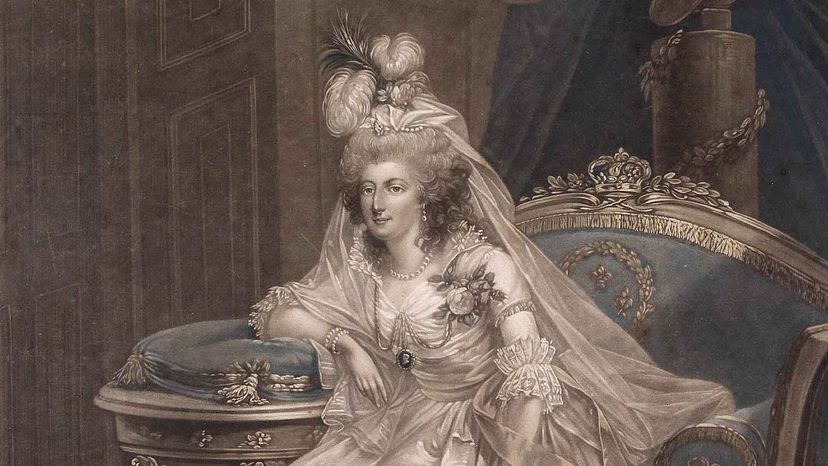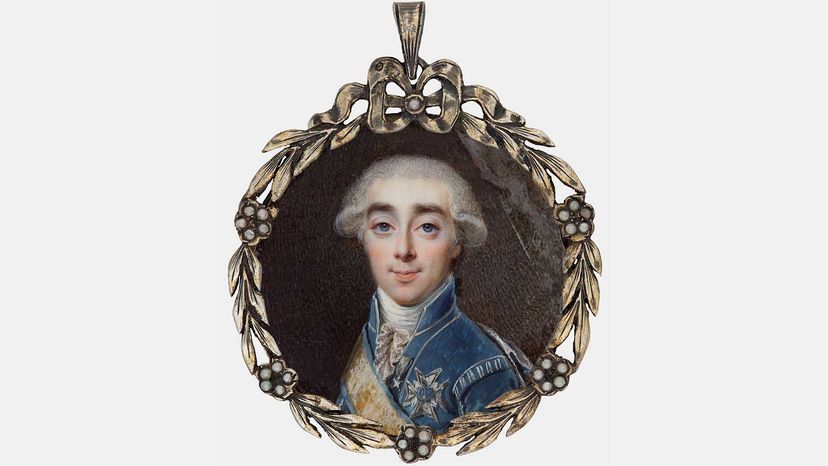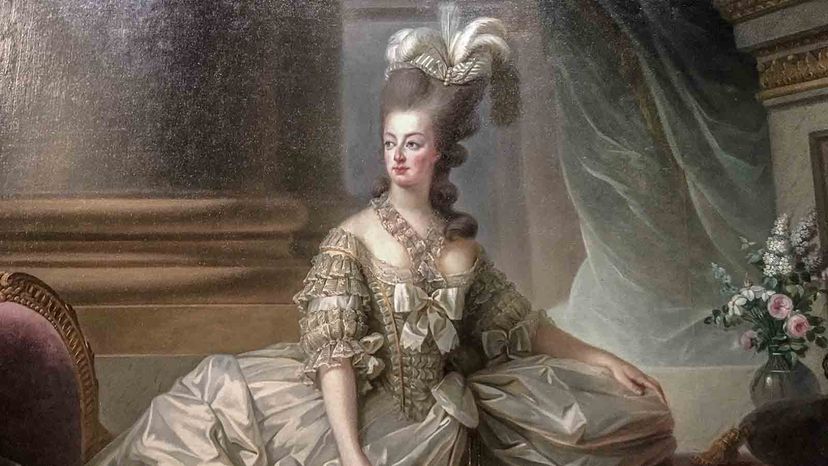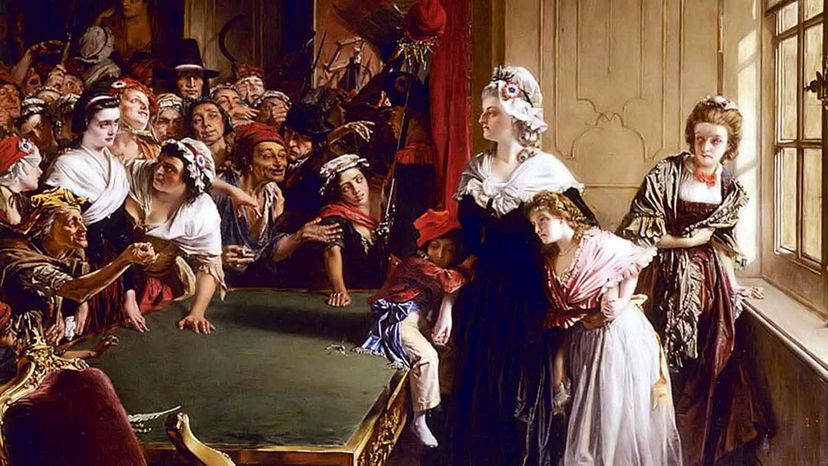
Key Takeaways
- Marie Antoinette never actually said, "Let them eat cake!" but the phrase became associated with her due to its depiction in Rousseau's "Confessions."
- The Affair of the Diamond Necklace, a fraudulent scheme involving a costly necklace, severely damaged her reputation and contributed to the revolutionary fervor.
- Her intimate relationship with Swedish soldier Axel von Fersen and the couple's delayed consummation of marriage were also sources of scandal.
When Marie Antoinette died under the heavy blade of the guillotine Oct. 16, 1793, it was a decidedly unglamorous affair. That's not to say it wasn't a celebration: Many French revolutionaries were ecstatic to bid the extravagant queen adieu forever. After the blade came down, the executioner brandished Marie Antoinette's head in a triumphant wave so that the entire crowd could see it.
Yet for the thousands of people gathered to watch the scene, it was a disappointment. They wanted to see the 38-year-old queen of France quake in fear and cower penitently. A well-known 18th-century journalist and revolutionary, Jacques Hébert, wrote in the newspaper Le Père Duchesne that she was "bold and impudent to the very end." Despite the fact that the executioner had cut off all her hair and ordered her to don a threadbare white shift (likely soiled by the time she made it up the steps to the guillotine), Marie Antoinette maintained her composure.
Advertisement
Marie Antoinette's death was one of the biggest scandals of her life. Was it good riddance or not? To this day, there are wavering opinions about the young queen. Sympathizers point to the fact that young Antoine, as she was called in her native Austria, was nothing more than a bargaining chip for her mother. When Marie Antoinette was only 10 years old, her mother arranged for her to wed Louis Auguste, a carefully orchestrated union that would join the Austrian Hapsburgs and the French Bourbons. But detractors argue that while she had very little say in the conditions of her life, she certainly could have lived her days at court in a fashion more befitting the queen of a nation on the cusp of revolution.
While there's no point in deliberating her virtue or vices, we can delight in being voyeurs into the opulent court at Versailles, the scene of many Marie Antoinette scandals. We begin with the oft-quoted dismissal of her hungry subjects.
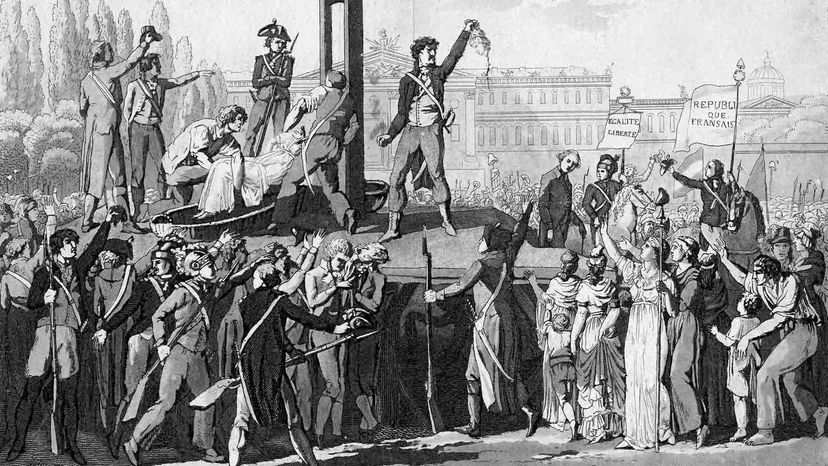
Advertisement
